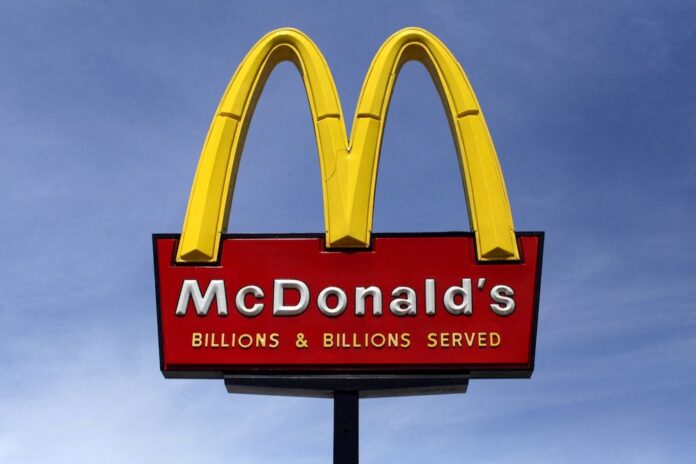For McDonald’s, 2025 started in mixed financial terms. The company came up with slightly good earnings but noticed a significant slip in sales and revenue, particularly in its stores in the United States. In the first quarter, the fast food giant’s U.S. same-store sales fell 3.6%.
It is the company’s largest domestic decline since the second quarter of 2020, when the COVID-19 pandemic struck the economy. The actual result, far worse than anyone was expecting and even worse than manufacturers’ predictions, raised fears over slowing consumer demand.
Pressure on U.S. Consumers
During McDonald’s earnings call, CEO Chris Kempczinski addressed the dip, saying the company is losing visits from both low-income and middle-income customers. Until now, only lower-income consumers had been trimming back. But inflation, shrinking savings, and economic vagaries are now harming a larger group. Such challenges are being faced by fast food chains like McDonald’s, which depend on a steady stream of customers, such as budget-conscious diners. Bad weather earlier in the quarter had also played a role in cutting some foot traffic in many places.
Revenue and Profit Figures
Worldwide, including franchise revenue, McDonald’s earned $5.96 billion in revenue for the first quarter, short of the $6.09 billion Wall Street was expecting. However, net income for the quarter of $1.87 billion dipped from the $1.93 billion generated last year in the same period.
On an adjusted basis, earnings per share fell to $2.67, which was slightly better than expected at $2.66. However, the revenue miss didn’t dent the company’s earnings strength on account of its global scale and thriving cost control. Yet, the numbers indicate that the company is struggling in its biggest market.
International Performance Shows Mixed Results
Sales were also softer outside the US at McDonald’s international-operated markets, including France and Australia. In this segment, same-store sales declined 1 percent and trailed analyst expectations. Normally, these are reliable money makers, but the dip points to the resolution of these markets to an economic slowdown that impacts all economies.
Also read: CVS Health Stock Soars After Strong Q1 Performance
But McDonald’s same-store sales were up 3.5 percent in its international developmental licensed markets — Japan, China, and Brazil. Coming at the end of disappointing results of more developed regions, this small win helped balance and provided hope of growth in emerging markets.
Company Strategy and Outlook
Though the disappointing quarter was an indication of growth potential heading into future quarters, McDonald’s is sticking to its long-term growth strategy. This year, the company will open 2,200 new pieces and invest between $3 billion and $3.2 billion in expansion and improvements. The sales slowdown is likely at its worst already, executives say, and things should get better in the months ahead. In order to gain more customers, McDonald’s is concentrating on lowering the price of its products and bringing back popular items, such as snack wraps.
Conclusion
Economic pressure weighs heavily on consumers, and this is turning out to be McDonald’s toughest sales drop in the U.S. in years. Even industry leaders will be feeling the effect of changing market conditions because the company came in above profit expectations on revenue and same-store sales, but revenue and same-store sales are warning signs. But the fast-food giant is on aggressive expansion plans as well as refocusing its menu strategies.








